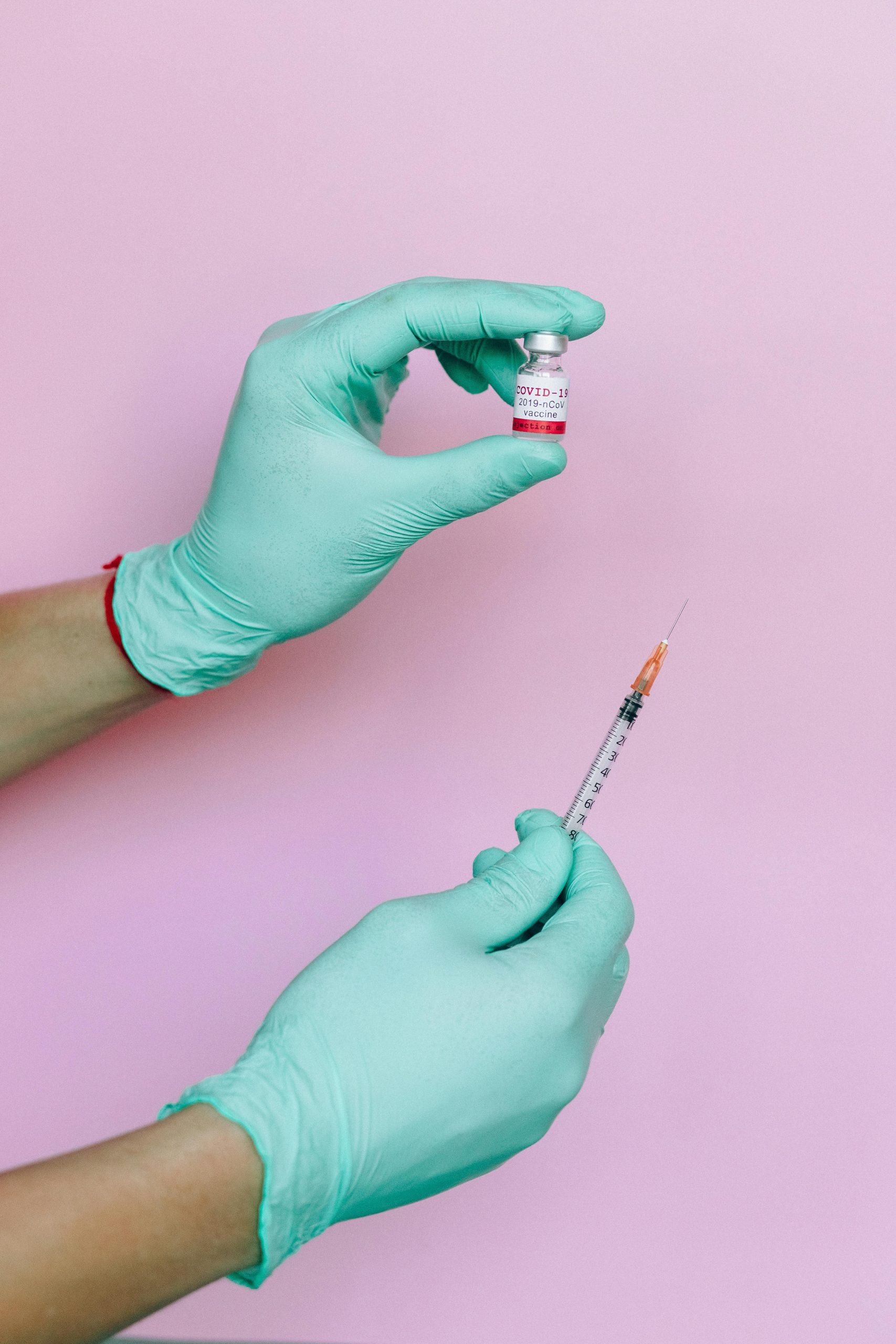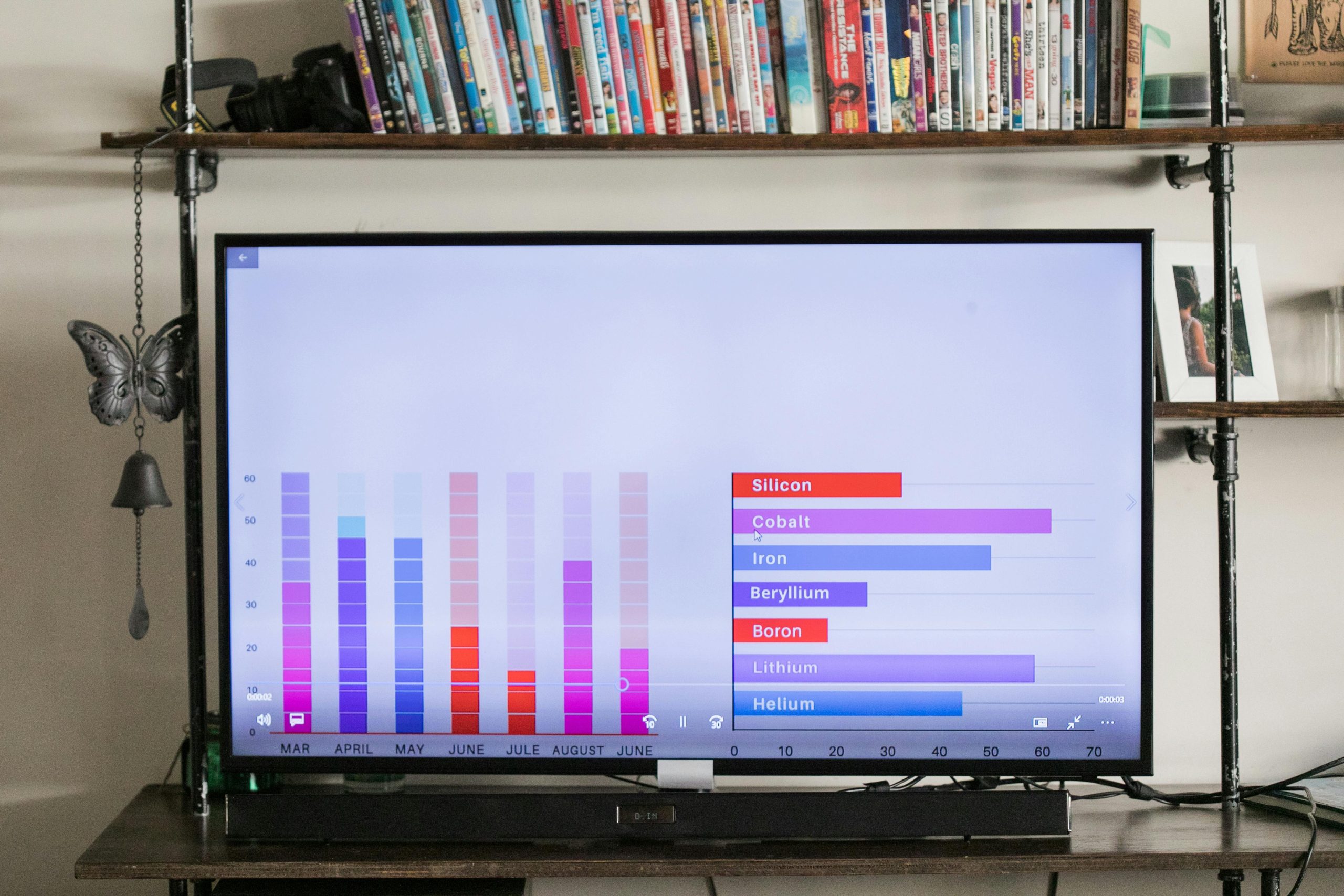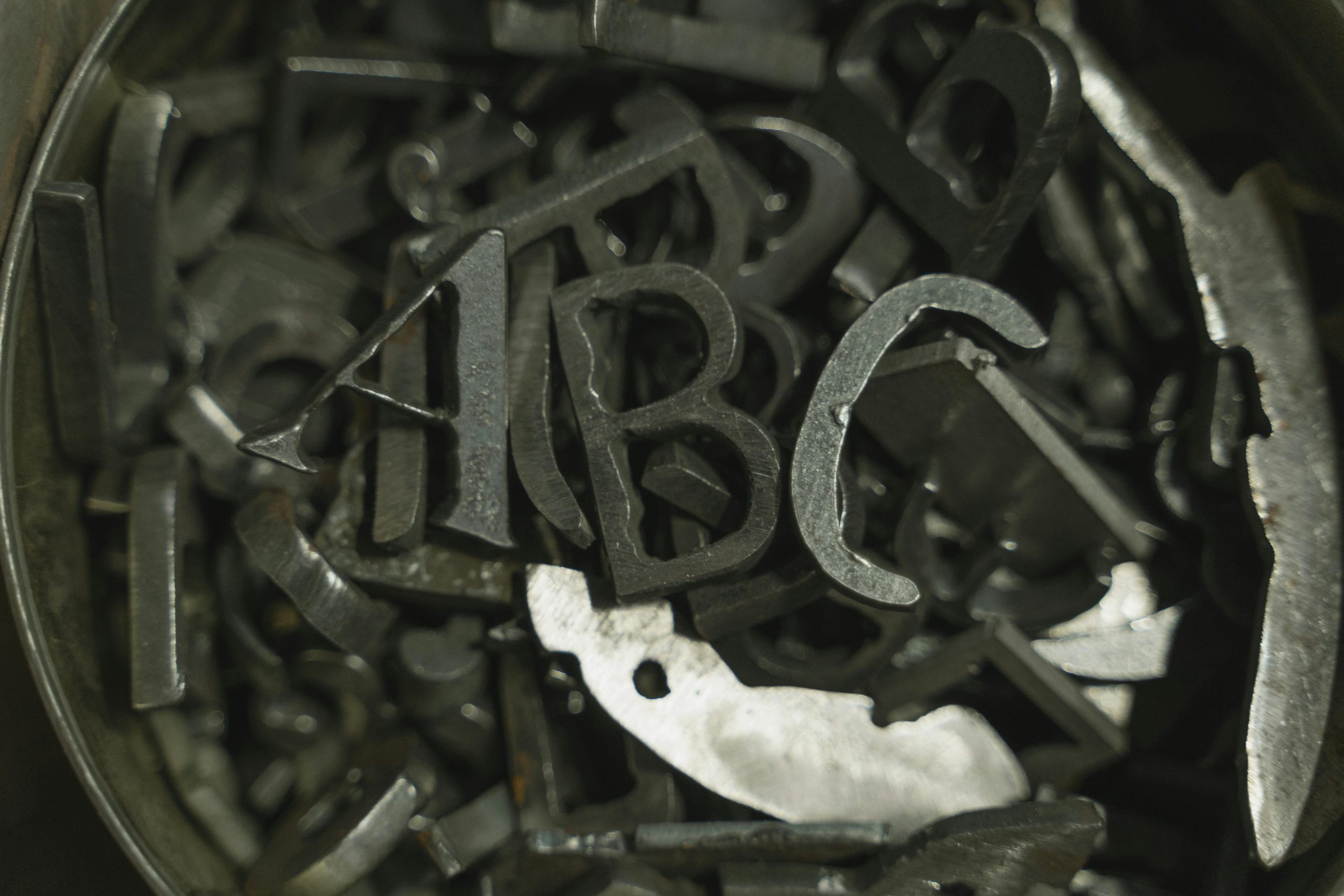Daily Iron Requirements: A Comprehensive Guide to Pet Supplements
Did you ever stop mid-scoop of your dog’s kibble and wonder, “Is my pet getting enough iron?” You’re not alone. Many pet parents overlook this crucial mineral when it comes to their furry friends’ diets. Yet, iron plays a vital role in keeping your pets healthy, energetic, and thriving. In this guide, we’ll break down everything you need to know about daily iron requirements, how supplements can help, and the best practices for dosage. Let’s dive in!
Table of Contents
- Why Iron Matters for Your Pets
- Signs Your Pet May Be Iron Deficient
- Daily Iron Requirements and Dosage Guidelines
- How to Choose the Right Iron Supplement
- Frequently Asked Questions About Pet Iron Supplements
Key Takeaways
- Iron is essential for oxygen transport, energy production, and overall vitality in pets.
- Deficiencies can lead to fatigue, weakness, and even serious health issues.
- Dosage depends on species, size, age, and existing health conditions.
- Always consult your vet before introducing new supplements.
Why Iron Matters for Your Pets

Imagine trying to run a marathon while breathing through a straw—that’s what life might feel like for a pet with low iron levels. Iron is a powerhouse mineral that helps carry oxygen in red blood cells throughout your pet’s body. Without adequate iron, their muscles, brain, and organs can’t function at full capacity.
For dogs, cats, and other animals, iron supports:
- Oxygen delivery via hemoglobin.
- Energy metabolism.
- Immune system strength.
But here’s the kicker—pets don’t always get enough iron from their diet alone. That’s where supplements come into play.
Signs Your Pet May Be Iron Deficient

Wouldn’t it be great if your pup could just tell you, “Hey, I’m feeling kinda sluggish today”? Unfortunately, they rely on you to notice subtle signs. Here are some common indicators of iron deficiency:
- Lethargy: If your usually bouncy buddy seems more couch potato than playful pup, it could signal an issue.
- Pale gums: Healthy gums should be pink—not pale or white.
- Decreased appetite: Refusing meals? It’s worth investigating further.
- Unexplained weight loss: Sudden drops in weight aren’t normal.
- Breathing difficulties: Labored breathing during routine activities isn’t something to ignore.
If any of these sound familiar, schedule a vet visit pronto. They’ll likely perform blood tests to confirm whether iron deficiency is the culprit.
Daily Iron Requirements and Dosage Guidelines

Here’s the million-dollar question: How much iron does your pet actually need? The answer varies based on several factors:
- Species: Dogs and cats have different nutritional needs.
- Size: Larger breeds require more iron than smaller ones.
- Age: Growing puppies and kittens typically need higher amounts.
- Health status: Pregnant, nursing, or sick pets may need adjusted doses.
As a general guideline:
- Dogs: 3–5 mg per pound of body weight daily.
- Cats: 1–2 mg per pound of body weight daily.
However, remember—these numbers are averages. Always tailor supplementation under veterinary guidance to avoid overdoing it. Too much iron can cause toxicity, leading to vomiting, diarrhea, and organ damage.
How to Choose the Right Iron Supplement

Not all supplements are created equal. When shopping for an iron supplement, keep these tips in mind:
- Check the form: Ferrous sulfate and ferrous gluconate are highly absorbable forms of iron.
- Avoid fillers: Opt for products free of artificial colors, flavors, and preservatives.
- Look for chelated options: Chelated minerals are easier for pets to digest.
- Consider palatability: Some supplements come in tasty chewable formats your pet will love.
And hey, don’t forget to read reviews! Real-world feedback can save you from buying duds—or worse, harmful products.
Frequently Asked Questions About Pet Iron Supplements
Can I give my pet human iron pills?
Nope, big no-no. Human supplements often contain ingredients unsafe for pets and are dosed differently. Stick to formulations specifically designed for animals.
What foods naturally boost iron intake?
Lean meats (like beef and chicken), fish, eggs, spinach, and pumpkin are excellent sources of dietary iron for pets.
How long until I see results?
Improvements vary but expect noticeable changes within 2–4 weeks of consistent use. Patience is key!
Conclusion
Understanding your pet’s daily iron requirements doesn’t have to feel overwhelming. By recognizing the signs of deficiency, following proper dosage guidelines, and choosing quality supplements, you’re setting them up for a healthier, happier life. Remember, teamwork makes the dream work—so partner with your vet to ensure your four-legged friend gets exactly what they need.
Ready to take action? Start by evaluating your pet’s current diet and consulting your veterinarian about potential supplementation. Because when it comes to their well-being, every little bit counts.